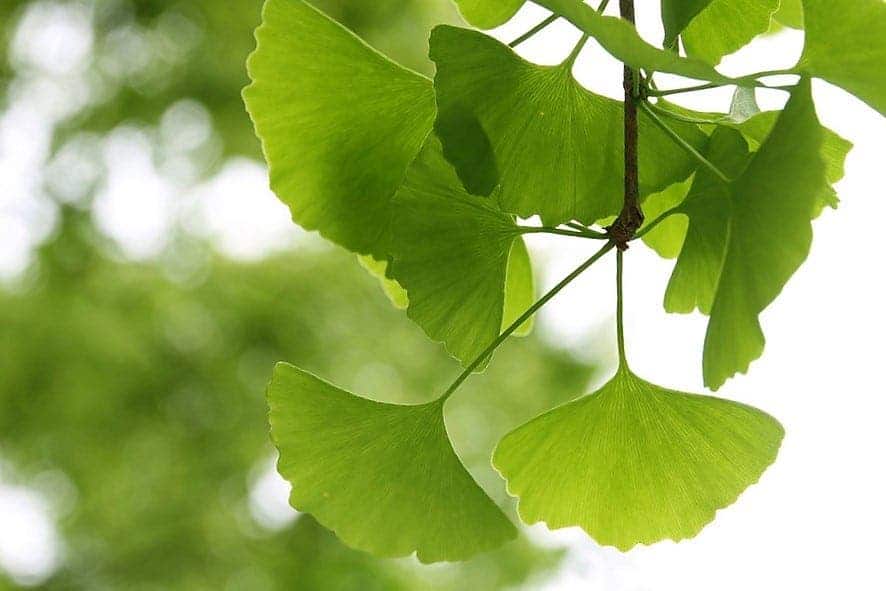Considered the oldest surviving tree species, the Ginkgo biloba has been on the planet for around 200 million years and has stayed relatively unchanged. Remarkably, the tree has a lifespan of more than 3,000 years. Seeking answers, a study has now revealed what could be the key to its longevity.

The research by experts from China and the United States — the most comprehensive study on plant aging to date — analyzed thin cores from 34 ginkgo trees in Anlu, in China’s Hubei province, and Pizhou, in Jiangsu province. The procedure employed by the researchers did not harm the trees.
When examining the rings, the researchers realized that the growth of the trees didn’t slow down after hundreds of years. Actually, it even sped up in some cases. The size of the leaves and the trees’ photosynthetic ability and seed quality – which are indicators of health – didn’t change with age.
The researchers, led by Li Wang, a plant molecular biologist at Yangzhou University, started wondering about what was going on at the genetic level. They compared the gene expression in leaves and the cambium, which is a layer of stem cells between the internal wood and external bark.
Collecting enough material was tricky as older trees only have some layers of cambial cells left. The researchers sequenced the trees’ RNA, looked at their hormone production and screened the miRNA (molecules that turn some genes on and off) in trees from 3 to 667 years old.
Unsurprisingly, the expressions of the genes associated with senescence, which is the final stage of a cell’s life, increased predictably in dying leaves. But when the team looked at the expression of the same genes in the cambium, they didn’t find a difference between young and old trees.
This would mean that despite some organs such as leaves perish, the tree itself won’t likely ever die of old age, the study concluded. Instead, ginkgo trees seem to die from stressors such as pests or droughts.
“In humans, as we age, our immune system begins to start to not be so good,” said Richard Dixon, a biologist at the University of North Texas, told the New York Times. But in a way, “the immune system in these trees, even though they’re 1,000 years old, looks like that of a 20-year-old.”
Nevertheless, ginkgo trees do go through changes over time. Older trees were found to have lower levels of a growth hormone called indole-3-acetic acid and higher levels of a growth-inhibiting hormone called abscisic acid. Also, older trees had decreases in gene expression associated with cell division, differentiation, and expansion.
The researchers also looked at whether the trees were more vulnerable to certain stressors as they age. To do so, they examined genes related to pathogen resistance and the production of protective antimicrobial compounds called flavonoids. But they didn’t find a difference in gene expression for trees of different ages.
Not needing to worry about growing old is “something that for humans is difficult to understand,” plant physiologist Sergi Munné-Bosch of the University of Barcelona, who was not involved in the study, told Science. “Aging is not a problem for this species,” he said. “The most important problem that they have to deal with is stress.”
Origin and description
Native to China, the ginkgo has been planted since ancient times in Chinese and Japanese temple gardens and is now valued in many parts of the world as a fungus- and insect-resistant ornamental tree. It tolerates cold weather and can survive the adverse atmospheric conditions of urban areas.
But despite is widely cultivated, the tree is listed as an endangered species by the red list of the International Union for Conservation of Nature (IUCN), mainly because of the rarity in the wild. Only two populations are found to grow in the wild today, both in the Tian Mu Shan Reserve, the Zhejiang province in eastern China
Ginkgo has been much used in traditional Chinese medicine. Toward the end of the 20th century, ginkgo extract became popular in many countries for its purported memory-enhancing properties. The nut of the tree is also valued in many countries as a delicacy.









